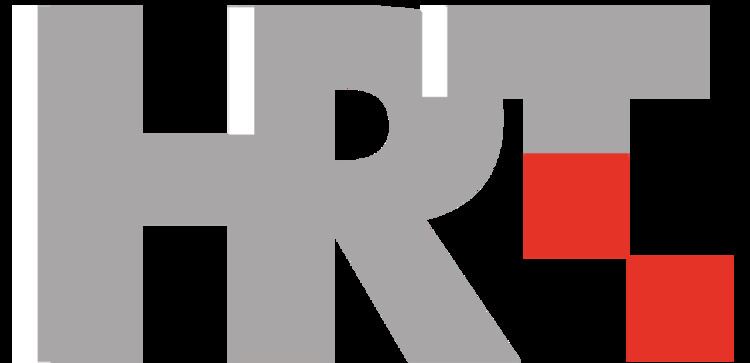Country Croatia Headquarters Zagreb, Croatia | Broadcast area Croatia Owner Croatian Government | |
 | ||
Type Broadcast radio, television and online First air date 15 May 1926 (radio)
15 May 1956 (television) Revenue 1.42 billion HRK
(US$ 239 million) (2011) Key people Siniša Kovačić, acting director Founded 15 May 1926, Zagreb, Croatia TV shows Dnevnik HRT, The Voice – Najljepši glas Hrva, Bitange i princeze, Naši i vaši, Najbolje godine Films produced Metastases, How the War Started o, Marshal Tito's Spirit, The Three Men of Melita Žg, Sorry for Kung Fu | ||
Croatian Radiotelevision (Croatian: Hrvatska radiotelevizija, HRT) is a Croatian public broadcasting company. It operates several radio and television channels, over a domestic transmitter network as well as satellite. In 2011, more than 80% of HRT's revenue came from broadcast user fees with each household in Croatia required to pay 79 HRK (~€10) per month for a single television set, with the remainder being made up from advertising (which is limited by law).
Contents
Croatian Radiotelevision has three organizational units, three sister companies - the Croatian Radio (Hrvatski radio), the Croatian Television (Hrvatska televizija) and Music Production (Glazbena proizvodnja).
History
Croatian Radiotelevision is the direct successor of the Radio station Zagreb (Radio stanica Zagreb) that started broadcasting on 15 May 1926 under its first director and co-founder, dr. Ivo Stern. During the first 14 years of its existence the Zagreb Radio station was owned by a private corporation. Radio Zagreb was nationalized on 1 May 1940. During the Independent State of Croatia, the station was known as Hrvatski krugoval. After World War II it began to operate as a state-owned radio station.
Zagreb Radio station was the first public broadcasting facility in the southeast European area, including countries of former Yugoslavia.
At the end of the first year of operation, Radio Zagreb company had a little over four thousand subscribers.
On the 30th anniversary of the establishment of Zagreb Radio station, on 15 May 1956, the first television programme was broadcast from the transmitter built at Sljeme. For the next two years this was the only TV broadcasting service in the southeast European area. This was the first TV station in Yugoslavia and would later become a color station in 1972.
In June 1990, the Croatian Parliament renamed the company from Radiotelevizija Zagreb to Hrvatska radiotelevizija. On 1 January 1993, HRT was admitted as a full active member of the European Broadcasting Union.
The television channels were aired under the name "Croatian Television", Hrvatska televizija (HTV) between 1990 and 1993. Since then, the current name is used. The radio broadcast unit is referred to as "Croatian Radio", Hrvatski radio (HR).
Channels
In the 1980s there was a third channel called Z3 and later HTV Z3. It was taken off air on 16 September 1991 when its main transmitter, the Sljeme TV tower, was damaged in an air raid. On 7 November 1994 the channel came back on air, this time called HRT 3. The channel was later shut down with its frequency de-nationalized and out up for lease in a public tender in 2004 (it has been used by RTL Televizija ever since).
Popular TV programs
Former shows
Upcoming shows
Radio
The Croatian Radio (Hrvatski radio) runs three national and eight local (county-level) stations.
The three national stations are available on FM throughout the country and are streamed live via the Internet.
The mediumwave transmitter at Zadar was at onetime one of the most powerful in Europe and at nighttime could be heard throughout most of the continent with JRT (Yugoslav) and later HR (Croatian) programming from Zagreb and Pula. However it was badly damaged during the Serbian shelling of the city in the early 1990s, and has operated on somewhat reduced power since on 1134 kHz. It was taken of the air on 1 January 2014.
